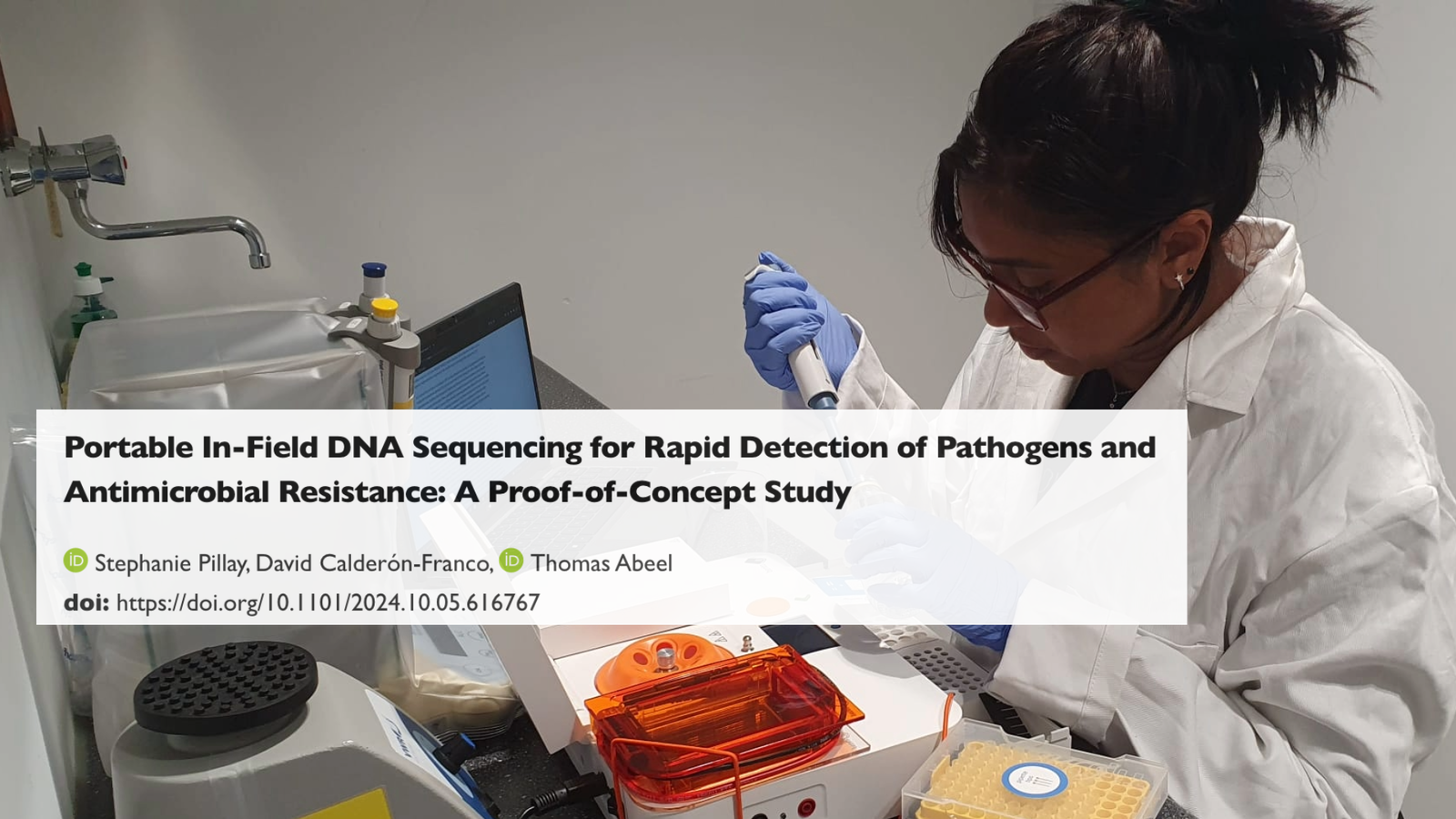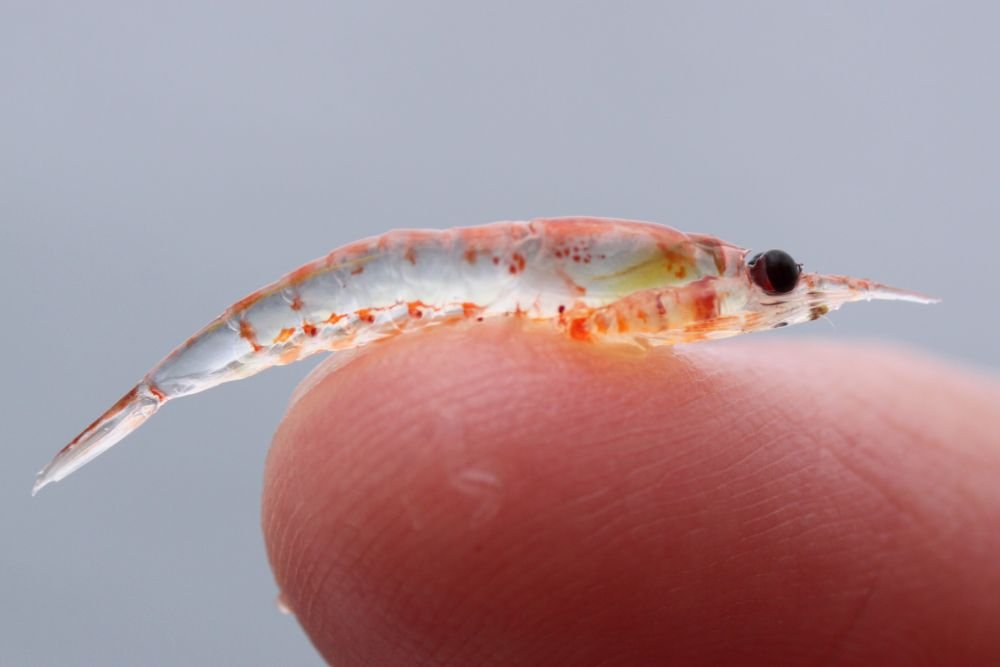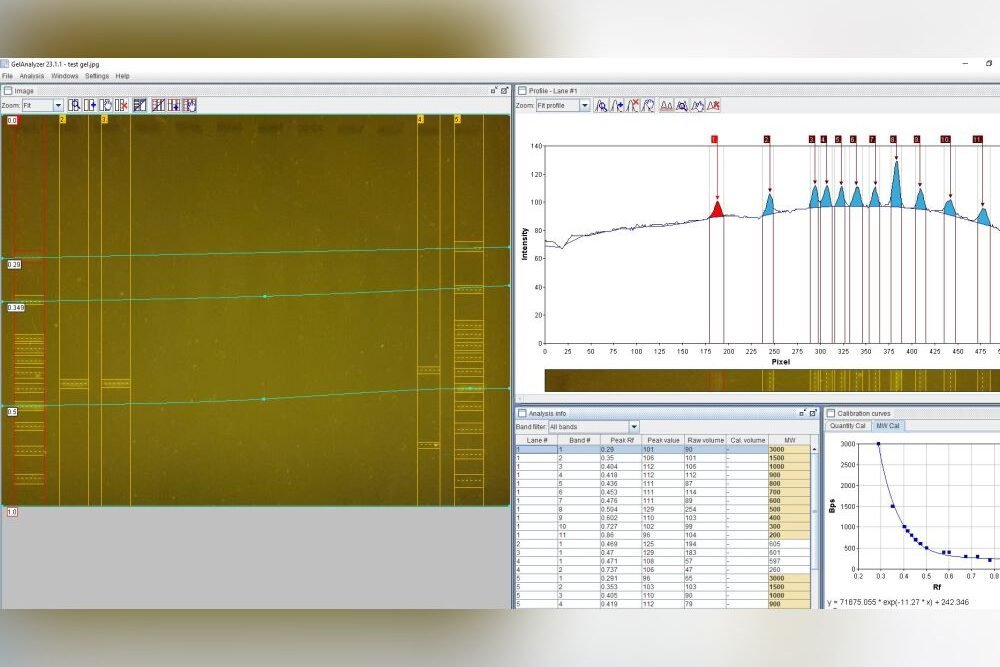“The underground world is an unexplored frontier, yet to be discovered.”
Dr Josef Vuch
Dark, dank and deep. While the mysterious depths of caves seem uninhabitable, they are home to a myriad of creatures, including bats, salamanders, insects and crustaceans. One such cave dweller is the Olm (Proteus anguinus) which also goes by the nicknames of “baby dragon” or “human fish”. A groundwater salamander found across Eastern Europe, the Olm recently join a display in public for the first time in Slovenia, as part of an exhibit of the many creatures living in the dark.
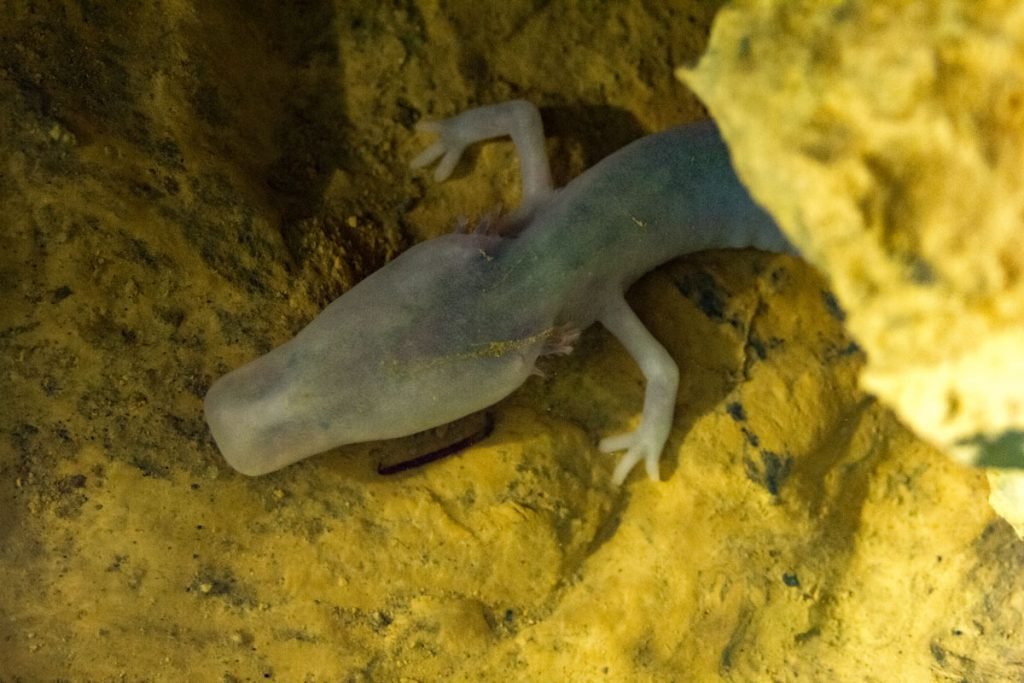
During the week, Dr Josef Vuch works as a molecular biologist in a biomedical research laboratory at the Children’s Hospital of Trieste. In his free time, he explores biospeleology research with the speleological section of the Club Alpinistico Triestino (Triestine Mountaineering Club). Biospeleology is the biology of caves – biospeleologists study the ecosystems of caves and the inhabiting organisms.
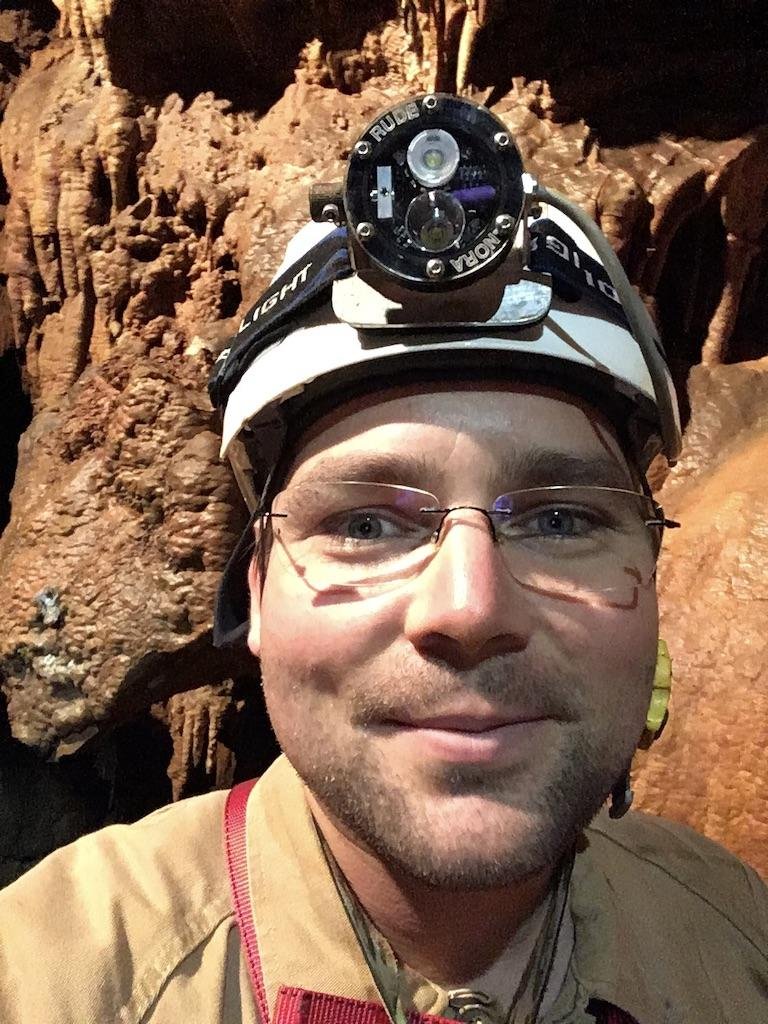
Caves are in constant darkness with high humidity. Nutrients are scarce, and many caves contain mixtures of potentially lethal gases. Yet, in this hostile environment life has adapted to survive without light and scant food, explains Josef. Crustaceans and insects have adapted; losing their sight, developing a cuticle to prevent dehydration and elongated appendages to detect space in the absence of light.
The unique environment of caves makes the life surviving there challenging to research. Josef notes, “The hypogean environment is not well studied because of its inaccessibility, and lack of commercial interest.” This means a vast number of species have yet to be identified, and turns the underground world into an unexplored frontier, yet to be discovered.
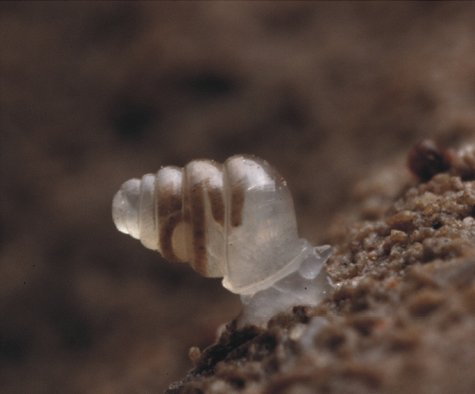
In the last decade, researchers have started implementing molecular techniques, such as DNA barcoding, to identify and characterise novel species. For example, researchers demonstrated the use of molecular data for taxonomic identification of Zospeum, and identified several new species. One advantage that DNA barcoding presents is the ability to use non-invasive methods to identify species by isolating DNA.
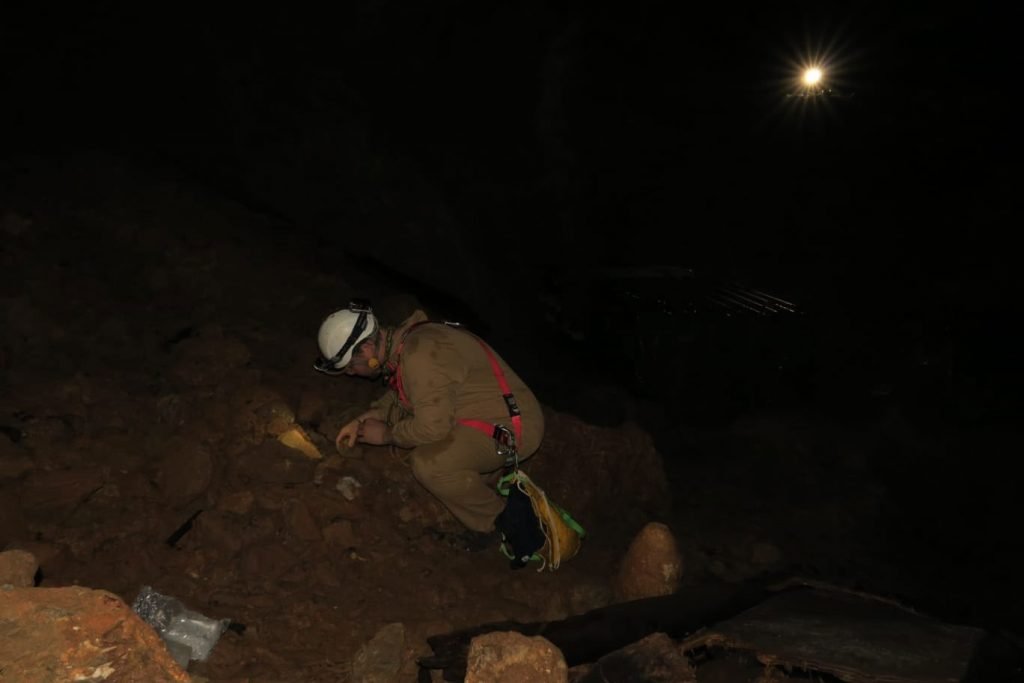
DNA barcoding relies on the standardised use of a short section of DNA from a specific gene, known as a “barcode region”. These barcode regions are chosen from highly conserved regions of the genome. This means less variation of the sequence within a species, allowing researchers to use the fragment for species identification. The most commonly used barcode region for animals is a segment of the cytochrome c oxidase I (COI) gene, which can be found in mitochondrial DNA. Dr Josef Vuch plans on using Bento Lab to extract DNA from samples and run PCR amplification of the barcode region, to produce amplicons for Sanger sequencing and analysis. Josef commented, “as a very compact instrument, Bento Lab is ideal for domestic or field use.”
“By amplifying the COI gene, it will be possible to molecularly identify animal species living in caves even from their remains or from environmental samples and discriminate individuals of the same species from different species, by measuring the genetic distance.”
Dr Josef Vuch
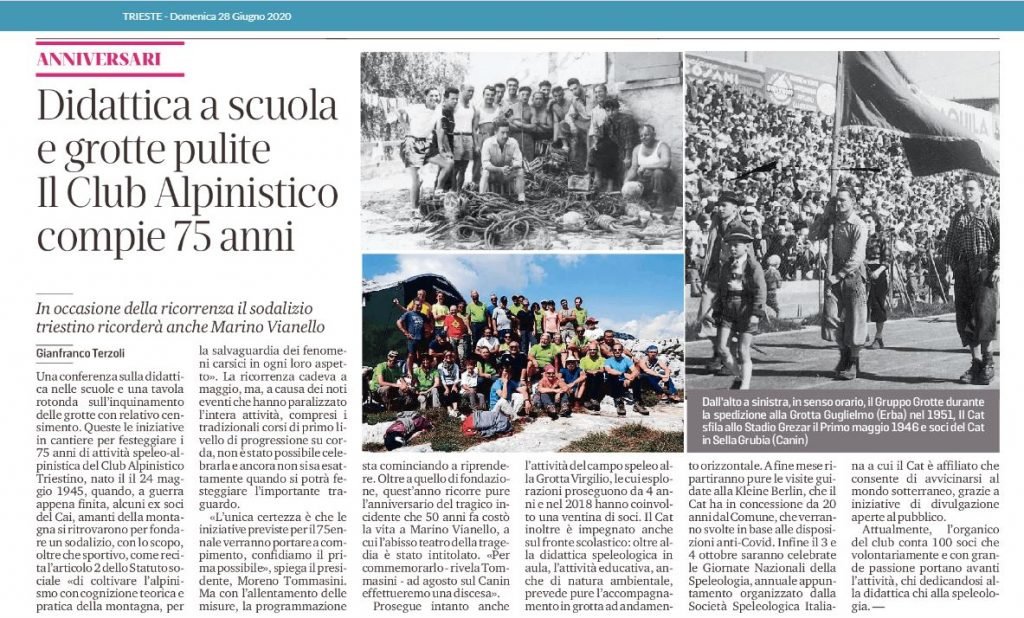
For those located near Trieste, you can find the Club Alpinistico Triestino online. Otherwise find a group near you by having a look for your national speleological organisation, which are listed by the International Union of Speleology.

